
A senior dog drinking a lot of water could be a sign of a health problem. Typically, a dog drinks about one cup of water per 10 pounds of body weight, so if your pup starts drinking much more, you should take note.
Some common causes of a dog suddenly drinking a lot more water include kidney failure, diabetes mellitus, Cushing's disease, or simply dehydration, all of which need to be addressed. If you notice your senior dog is drinking more water than usual, plan a visit to the vet.
Increased water intake can be a sign of many different conditions. Kidney failure, diabetes mellitus, and Cushing's disease are the most common causes in senior dogs. Increased water consumption may also be seen with dehydration, however, this condition may be seen in dogs of all ages.
The kidneys serve many roles, one of them being water conservation. Hydration of the body depends on both water consumption as well as the removal of water. In times of dehydration, the kidney must respond by conserving water. This means that all the materials the body needs to get rid of still need to be removed, but the kidney needs to manage this using the smallest amount of water possible. A pet with impaired kidney function will have a difficult time concentrating urine and will need to drink extra water to process the body's waste chemicals.
Diabetes mellitus is caused by a deficiency of insulin in the body. Insulin is necessary to remove glucose (sugar) from the bloodstream, and when it is low or absent, there is a buildup of glucose in the blood. Normally, the kidneys conserve the bloodstream's glucose, but their filtering function can be overwhelmed with the blood sugar is very high. This excess glucose ends up spilling into the urine and draws extra water with it, leading to the hallmark signs of increased thirst and urination.
Cushing's disease, also known as hyperadrenocorticism, is a hormonal imbalance that results from excessive cortisol in the bloodstream. The symptoms stem from long-term overexposure to this hormone. Excessive drinking and urination are common signs; however, they usually have a gradual onset, and owners might think it's just part of the normal aging process. Additional symptoms that may help your veterinarian distinguish it from other conditions are given below.
Dehydration is common and can be a cause of increased water intake. This condition can occur in dogs of all ages and can be potentially life-threatening. A skin turgor test can be performed at home. If the skin is slow to return to position, your dog may be moderately to severely dehydrated. If the skin does not return fully to its position, your dog may be severely dehydrated and possibly in critical condition. This test is not always accurate, so if you suspect your dog may be dehydrated, seek veterinary attention immediately.
Your veterinarian will run some lab tests to determine which condition is causing increased water consumption. Each will require a blood chemistry panel, which will evaluate major organ systems and electrolytes. They will also run a complete blood count to assess the red and white blood cells, as well as a urinalysis. The table below describes what is used to determine the right condition.
If your senior dog is drinking more water than normal, it is time to visit your veterinarian. But before the visit, make sure to write down any questions you would like to ask. Bringing notes describing your dog's drinking and urinary behaviors may be helpful. Also, consider contacting the office ahead of time to see if they would like for you to bring in a urine sample. The more prepared you are, the less stressful the visit will be for you and your dog.
Once at the office, the vet will perform a head-to-paw examination and perform the necessary diagnostics. Based on history, exam, and testing, a diagnosis will be made. Sometimes a diagnosis is not obvious, and more testing is needed. Your veterinarian will go over all testing and recommendations for treatment. No matter what the cause of increased water consumption, your veterinarian will work with you to provide the best possible outcome for your senior dog.

195 Cute Cat Names
If you've welcomed a new cat into your home and they need a name, try giving them one of these cute names, including cute names for girl cats, boy cats, orange cats, gray cats, and more.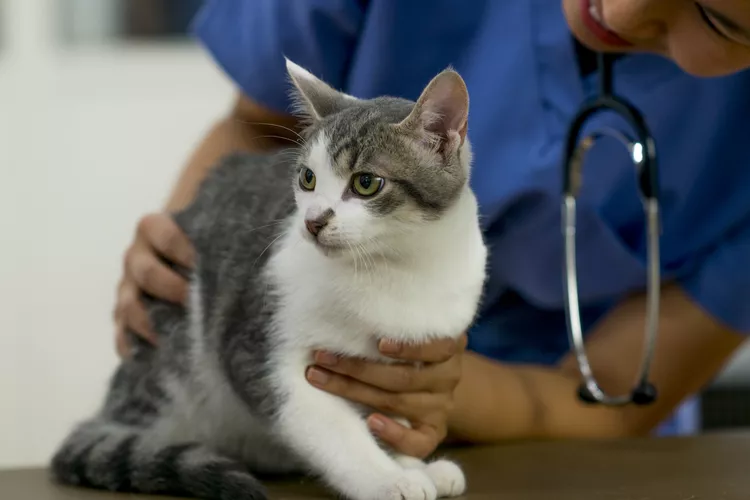
Luxating Patella in Cats
Luxating patella is an orthopedic condition that affects cats' knees. Learn the causes, treatment, and prevention.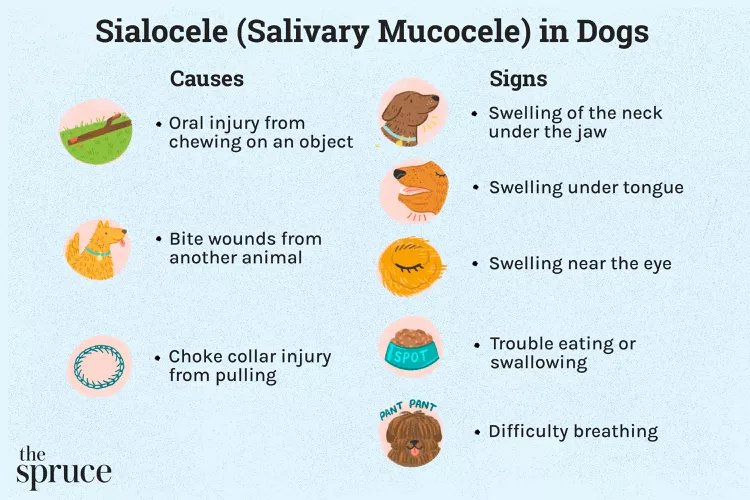
Salivary Mucocele in Dogs
A salivary mucocele, also called a sialocele, causes swelling near a dog's salivary glands and may cause a lump under the chin or on the neck near the jaw. Learn the causes, treatment, and prevention of salivary mucoceles in dogs.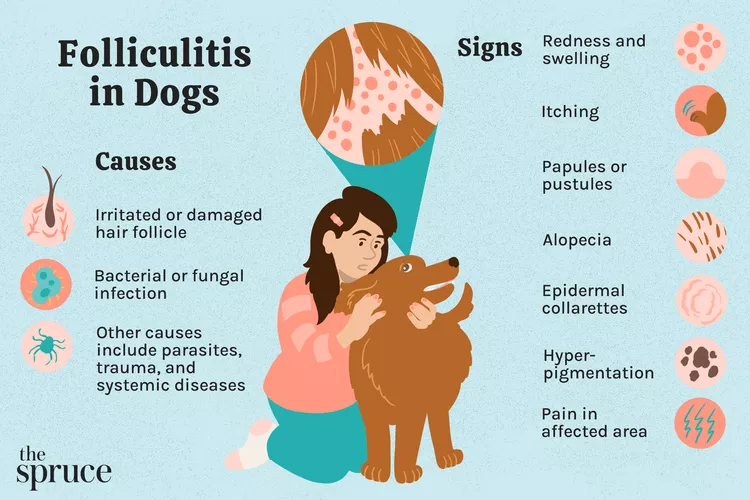
Folliculitis in Dogs
Folliculitis is a common skin condition in dogs. Learn the causes, treatment, and prevention.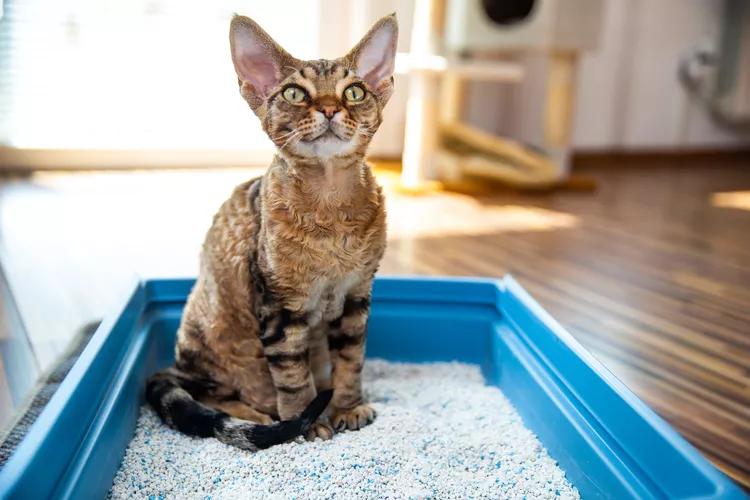
Is Baking Soda Bad for Cats?
Baking soda has many common household uses and may help with cat odors, but how much is safe to use around cats?
Can Dogs Eat Parmesan Cheese?
It's no secret that dogs love cheese, but what kinds of cheese should you avoid? Is Parmesan cheese a good option to treat your pup to?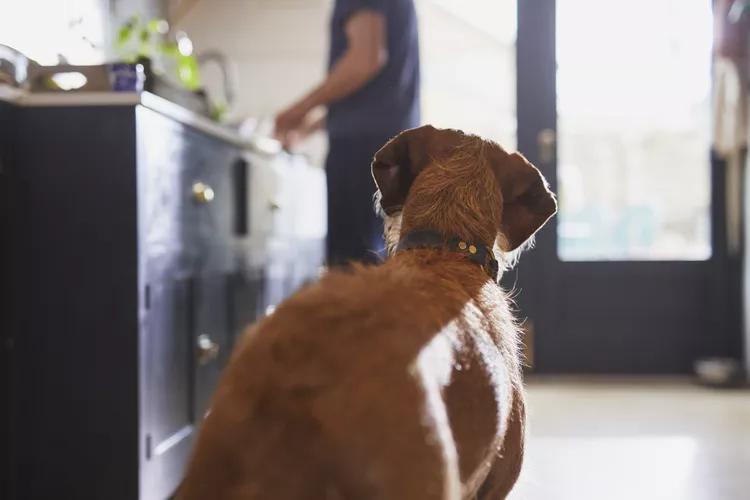
Can Dogs Eat Pistachios?
Dogs can eat pistachios, but only if they're plain and served in moderation. In other cases, pistachios can be harmful for dogs.
Can Dogs Eat Cheese?
A popular training tool, cheese is OK for most dogs to enjoy on special occasions...but there are some exceptions.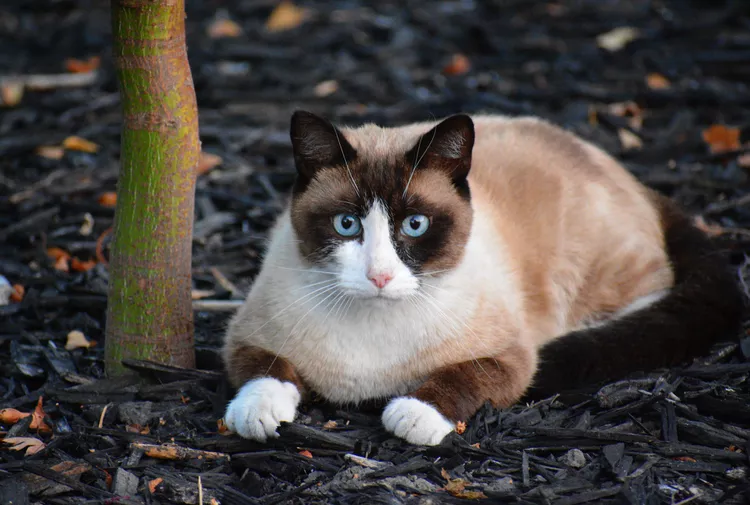
Snowshoe Cat: Breed Profile, Characteristics & Care
The snowshoe cat, a mix of the American shorthair and Siamese, is a smart and affectionate pet that loves company. Learn about the snowshoe cat breed, including temperament, appearance, and care needs.
Bearded Collie: Dog Breed Characteristics & Care
Learn about bearded collies, energetic and intelligent dogs known for their herding skills and bearded faces that earned the nickname "beardies."
How to Plant a Border Garden that Will Add Color to Your Landscape
Learn how to create a vibrant border garden that will compliment your landscape and provide visual appeal of completeness.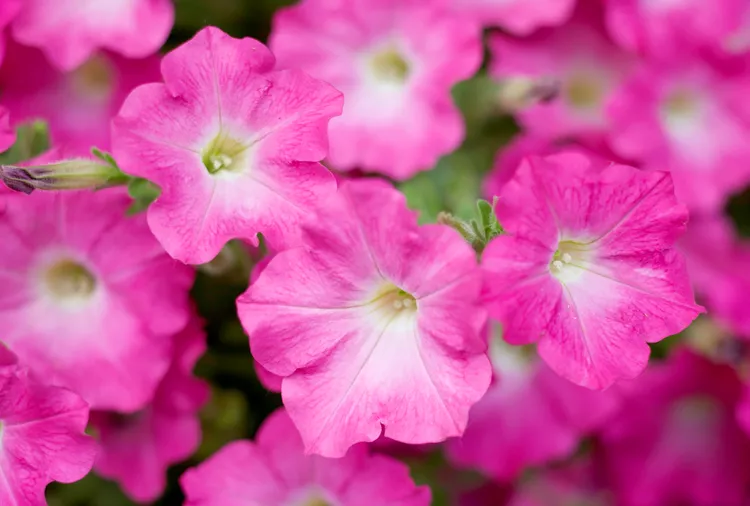
Are Petunias Perennials or Annuals? Plus Tips for Getting Tons of Flowers
Are petunias perennials that come back each year? The answer is yes and no, depending on your climate. Find out how to grow petunias as annuals or perennials.
How to Plant and Grow Golden Bamboo
Learn how to grow golden bamboo, a perennial often used for outdoor privacy. Unfortunately, it can be invasive, so be careful where you plant it.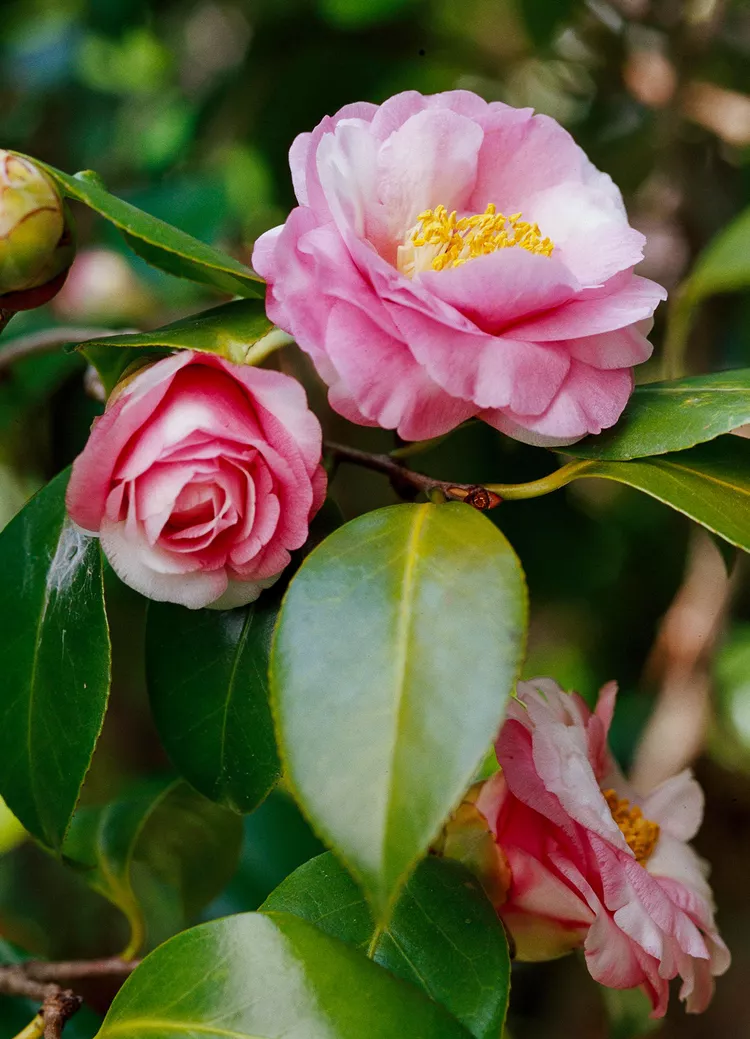
How to Plant and Grow Camellia
Learn to plant and grow camellia, the Southern belles of the plant world. These evergreen shrubs bear beautiful blooms during the colder months.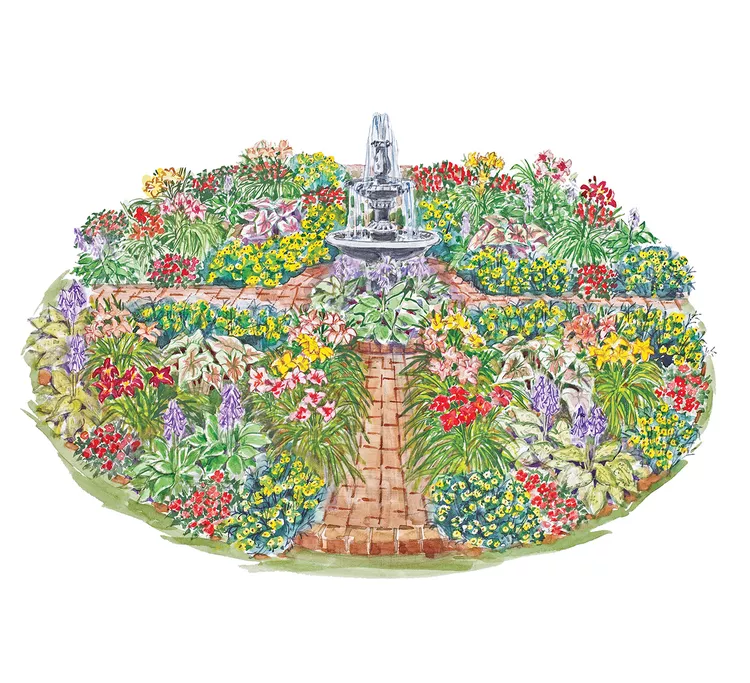
This Daylily-Filled Garden Plan Lets You Flaunt Your Favorites
Combine daylily varieties of your choice with other reliable plants for tons of carefree color.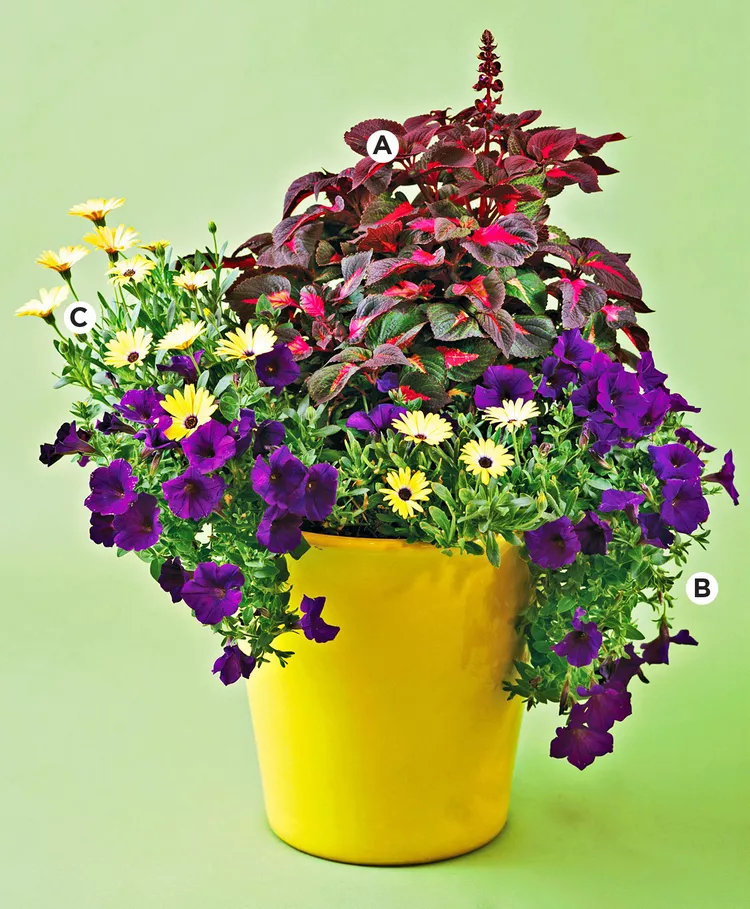
29 Flower Pot Ideas for Stunning Mixes of Blooms and Foliage
Use these flower pot ideas for beautiful combinations to brighten up your porch, patio, or other spots that need a boost of color.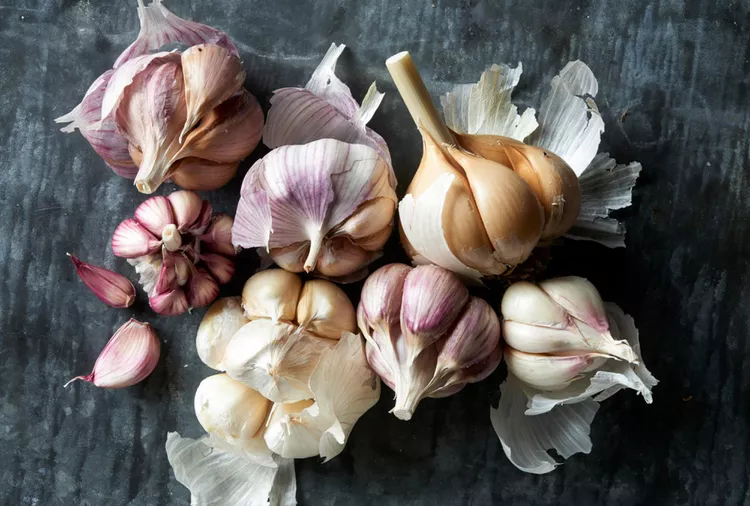
Which Types of Garlic Are Best to Grow in Your Garden?
Hardneck or softneck? Here’s what to know about different types of garlic and how to grow them.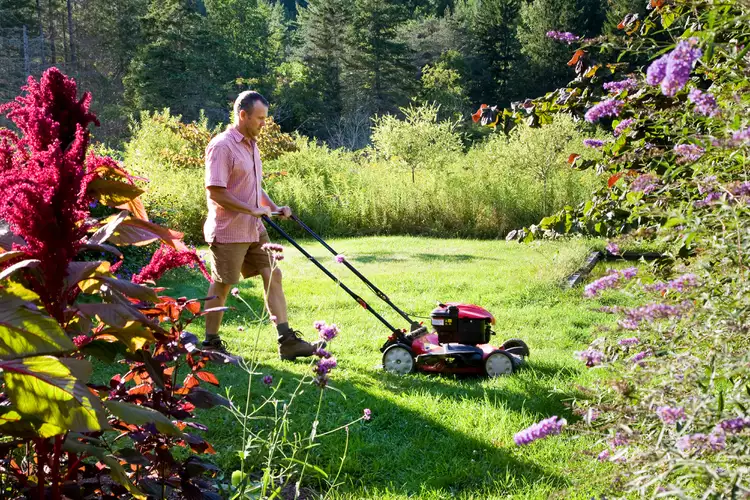
When Is the Best Time to Mow Your Lawn?
Take the guesswork out of deciding when to mow your lawn with our easy-to-follow tips.
How to Start a Garden: 10 Easy Steps for Beginners
This step-by-step guide explains how to start a garden for beginners. It covers all the basics you need to know, including what to plant, prepping soil, and care tips.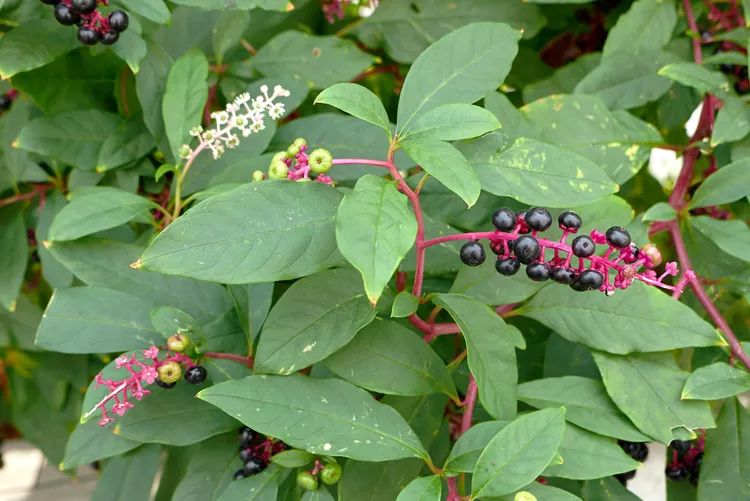
How to Get Rid of Pokeweed in Your Yard
Although this plant is native to parts of North America, pokeweed is still an aggressive, toxic plant you may not want around. Use these tips to safely eliminate pokeweed from your garden.